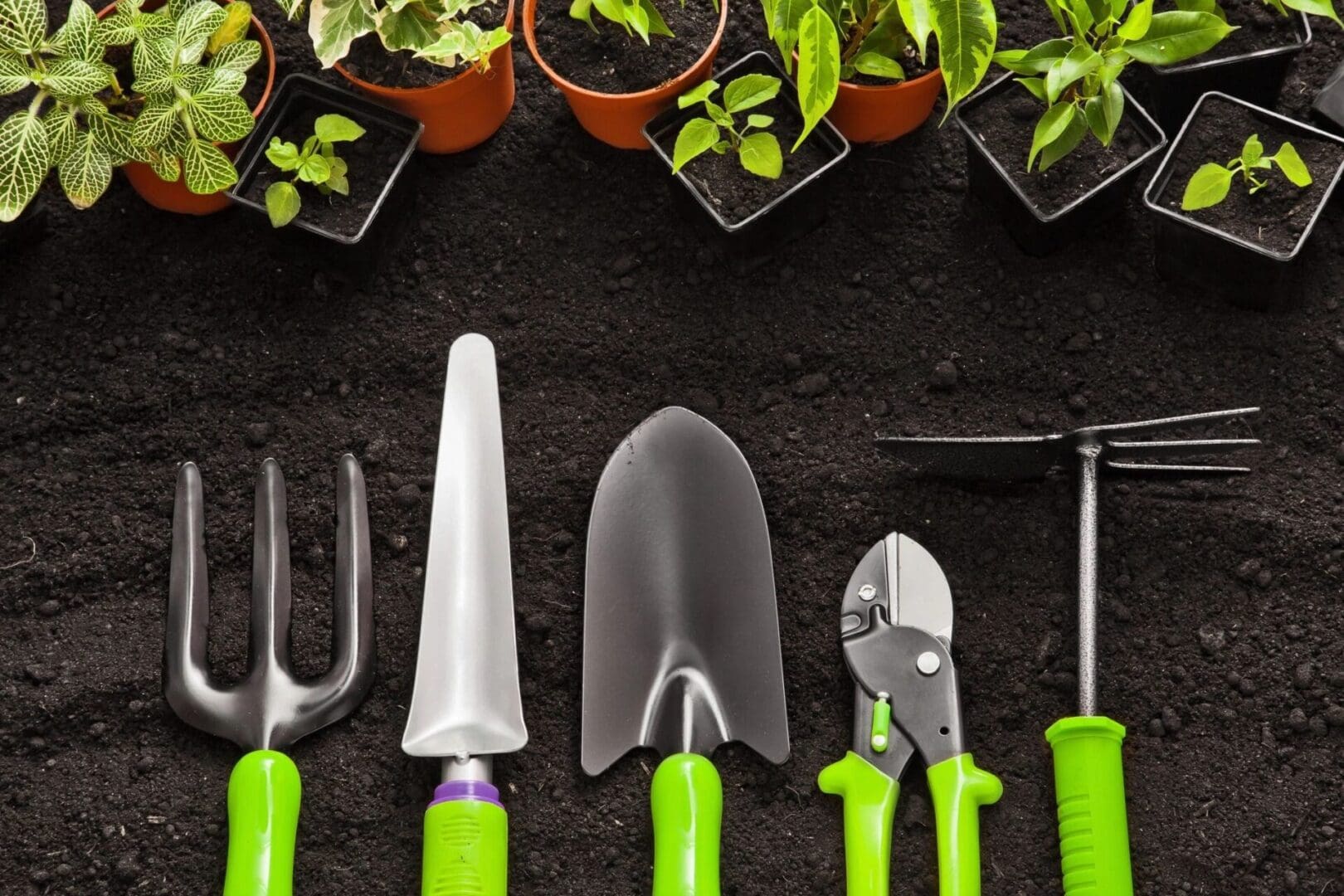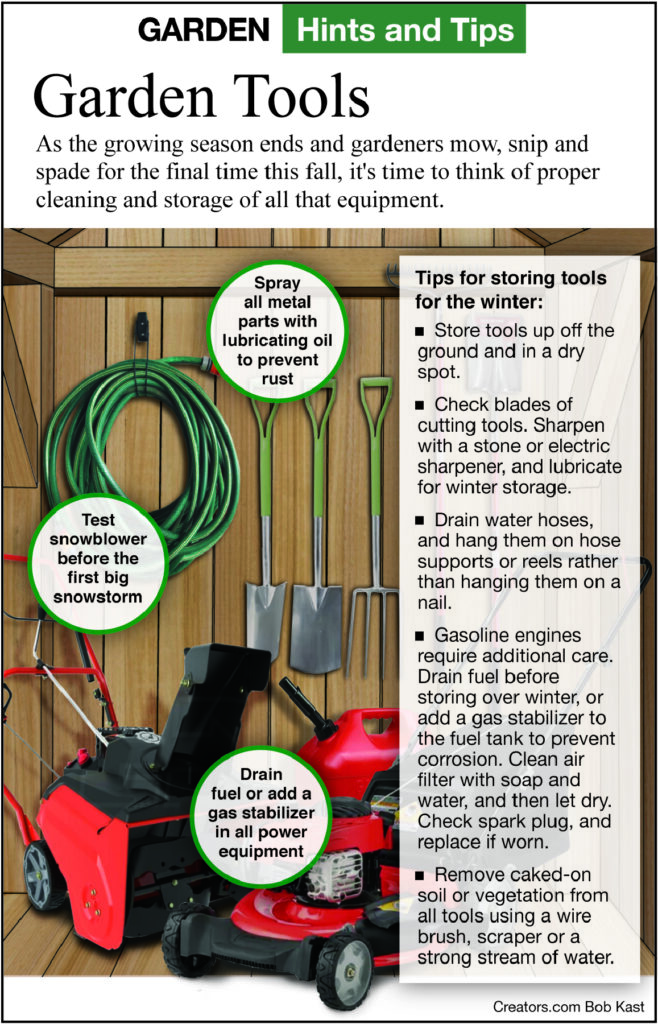Search Posts
Recent Posts
- Dr. Rosemary Costigan Named President of Community College of Rhode Island June 19, 2025
- RI Veterans: Did you know? 19.06.25 (Military Funerals, Job Fair, Benefits, Events) – John A. Cianci June 19, 2025
- East Providence First in U.S. to Equip All Firefighters with PFAS-free Gear June 19, 2025
- We Cook! Mill’s Tavern Saffron Bouillabaisse with Tarhana Lobster Jus June 19, 2025
- Rhode Island Weather for June 19, 2025 – Jack Donnelly June 19, 2025
Categories
Subscribe!
Thanks for subscribing! Please check your email for further instructions.

A Greener View: Garden Tools – Jeff Rugg
by Jeff Rugg, contributing writer
In November, most of us will see our transition into winter, although many northern and high-altitude areas have already experienced their first – and second – snow. November is a cleanup month. It is a good time to fix up, clean up and put away tools and get out the snowblower. It is a good month to reflect on how well the landscape and garden looked and produced this year. Take one last look at any fall color combinations so that you can change them next year if you want. Do not forget to take pictures.
For most of the country, this is the time of year when most plants go dormant. Clean up leaves, and add them to compost piles. Remove the tops of dying annuals and dormant perennials. Once they are gone, you can add bark mulch to the beds to stabilize the temperatures and to prevent frost action from heaving plants out of the ground. You can plant or transplant large trees and shrubs, but do it as early as possible before the ground freezes. The roots will begin growing before the top starts growing in the spring. A bigger root system means more leaves, which will mean a healthier plant. Plant tulips and other spring flowering bulbs as soon as possible.
Keep all old and new plantings and lawn areas watered enough to stay moist but not soggy until the ground freezes. If there is not much snow cover, the ground will dry out, so it may be necessary to water evergreens and new plantings when we have a January thaw. Protect thin-barked trees and shrubs and any fruit- or berry-producing plant from rabbits and mice by wrapping the trunk with wire, hardware cloth or chicken wire. Bury it a few inches into the mulch, and extend it up at least 2.5 feet above the ground. A lot of snow or drifting may require another higher layer of wire to be added later. Small evergreens can be protected from salt mist blowing on them by using burlap cloth as a windbreak. Or, for a healthier plant and lower maintenance, move the plant to an area that it will not be hit by the mist. Spray evergreens and tender roses with an anti-desiccant; Cloud Cover and Wilt-Pruf are brand names. These products form a barrier that helps prevent the leaves from drying out. They need to be applied when the temperature is above 40 degrees F and sometimes need to be reapplied in the winter, during a January thaw.

Before putting tools, tomato cages, hanging baskets and flower pots away, clean off all dirt and rust, and sharpen tools as needed. Repaint or wipe with a light coat of oil. Empty gas tanks and fuel lines, or add a fuel stabilizer. Take the lawn mower in for a tuneup while the mechanic is not busy. Check the snowblower before the snow comes. Store garden chemicals in a locked cabinet where they cannot freeze. Drain hoses and sprinklers to protect outside faucets from freezing.
Have the underground irrigation system blown dry with compressed air. Clean leaves out of gutters so water will not freeze and break the joints. If you have a water garden, move the hardy plants into the deep water (at least 18 inches). Clean out any piles of fallen leaves. Set up the pond de-icer, if you plan to use one. Stop feeding the fish, and turn off the pumps when the water temperature drops into the low 50s or upper 40s.
Clean out any bird feeders to keep the seed flowing and help prevent the spread of bird diseases. Many feeders are dishwasher safe, but you can clean them with a solution of 1 part bleach to 10 parts water. Wait until it is dry before putting it out again. Set up the birdbath heater so the water will not freeze. Do not forget that cats and dogs who spend a lot of time outdoors need protection and water during cold spells, too.
___
To read more columns on gardening by Jeff, go to: https://rinewstoday.com/?s=jeff+rugg

Email questions to Jeff Rugg at info@greenerview.com. To find out more about Jeff Rugg and read features by other Creators Syndicate writers and cartoonists, visit the Creators Syndicate website at www.creators.com. COPYRIGHT 2020 JEFF RUGG – DISTRIBUTED BY CREATORS SYNDICATE
